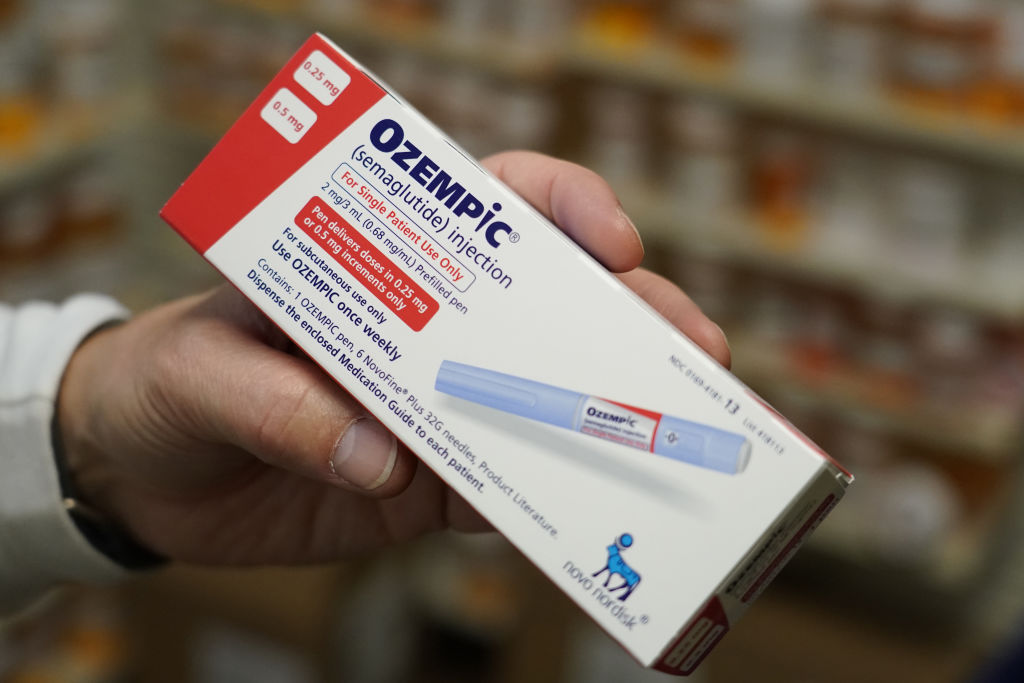Our Heart Month Mondays series continues on NBC 5, with stories to help you and your family live heart-healthy lives.
Did you know Texas law requires all districts to teach CPR to students before they graduate high school? It has helped save countless lives in the last 10 years.
Not a lot of families or teachers may know about the legislation, which was passed by Texas lawmakers in 2013. School districts are required to teach hands-only CPR to all students at some point in their years before high school graduation.
The lessons are required to go beyond just a video in class – it’s interactive and training must include CPR with hands-on practice.
Get DFW local news, weather forecasts and entertainment stories to your inbox. Sign up for NBC DFW newsletters.
“The idea behind that is we really wanted to ensure that all students didn't just watch a video of what our science shows. It's very important to include a psychomotor component – that means it’s hands-on,” said Douglas Dunsavage, North Texas Community advocacy director for the American Heart Association. “So the kids aren't just shown a video in health class and think, oh that's CPR. They actually are doing it. And they're actually doing the compressions.”
The American Heart Association worked to help this legislation pass in more than 40 states across the country and has assisted schools in getting the lessons off the ground over the years. However, the pandemic threw a wrench in that momentum for some districts.

“What we saw over the years is that some schools were falling through the cracks in terms of getting this training done. And then, of course, the global pandemic hit,” said Dunsavage. "We want to ensure that the implementation of these laws across the country are still being implemented and to do what we can to help support those schools.”
Health Connection
Get connected to a healthier life.
Because classes turned virtually for multiple semesters during COVID-19, the state granted pandemic waivers for school districts to temporarily bypass the requirement – but that meant a lot of students fell through the cracks in learning the lifesaving skill.
Now, school districts are trying to get back into the swing of things and back into teaching CPR classes in person.
First Aid and AED training is not required in the law and training does not need to result in certification – but some school districts like Fort Worth ISD are taking it one step further by actually getting their students certified in CPR before they graduate.
They’re doing this through the help of a dedicated and certified instructor and fire department retiree, who is making every one of the district's approximately 73,000 students actually get certified in CPR before they graduate.
"It's not a requirement for the state that the child is actually certified. They have to receive the training but we want our students to actually be certified in CPR,” said Dr. Angélica Ramsey, FWISD superintendent. “And because he is a former member of the fire department, and he is a certified instructor. It makes a world of difference for us and for our students and what they're getting,”
FWISD is one of the only districts in North Texas to dedicate a full-time employee to the task.
The AHA also worked with the district last school year to prioritize money in their budget specifically for CPR training to catch up on the time lost.

"Now, we have challenges just like every other high school and every school district in the country where we're doing a little bit of catch up for our students that may not have been in school during the COVID years,” said Ramsey. “But the goal is once we get over that little bit of a hiccup, is that every student will graduate certified.”
That’s thousands of qualified lifesavers going out into the community, year after year.
"They have learned a lifesaving skill that they can take into their life post-high school. And that's a benefit, I think, to the entire city of Fort Worth,” said Ramsey.
Ramsey said the CPR legislation is enforced by the Texas Education Agency, which requires school districts to turn in yearly reports to keep track of the number of students who are learning CPR.
She said not doing so could lead to a request by the TEA for corrective action and funding could even be affected if districts do not comply.
Looking at the numbers – it generally costs about $5 per graduating student to receive CPR training, according to the AHA. The association has been able to help school districts in North Texas meet this legislation in various ways, especially in rural areas that typically don’t have the funding or resources the larger cities do.
The AHA has also been helping districts that lost teachers and staff during labor shortages catch up with CPR lessons and guidance after the pandemic.
"We’re really trying to work with the school districts to see what's happening and to see if there are students that are falling through the cracks in terms of these trainings,” said Dunsavage. “And to see how we can help support them as well, in terms of either getting that appropriation into their budget."
Other districts are also going well beyond the bare minimum requirements.
In Carrollton Farmers Branch ISD, even 5th-grade students are getting hands-on experience with hands-only CPR.
NBC 5 caught up with the 5th graders at Kent Elementary School, who were learning compressions, best practices and even how to use an AED from Carrollton firefighters.
The district partners with local fire departments to lead the classes. District leaders also invested in the equipment, which includes trainer AEDs and about 400 portable mannequins that can be taken to any school. The fire department is able to use the equipment for its own educational purposes, so it’s a win-win for all involved.
CFBISD initially focused on 8th graders and 12th graders but added the 5th graders just last year. Now, they reach about 5,000 kids per year.
"Teaching them early about the warning signs and what to do, making them more comfortable around CPR and an AED is our ultimate goal,” said Jonathan Wilk, the health, P.E., and athletic specialist for CFBISD.
The efforts by these school districts help to increase the bystander rate in Texas while giving kids the confidence to act in a situation.
"The more bystanders that we have that are trained, the more the odds go way up – that they're going to take action if someone drops in front of them,” said Dunsavage.

To take it a step further, the American Heart Association helped the district obtain CPR kits through grant money for the students to take home. The kids include an inflatable mannequin to practice compressions at home and other resources for families to learn together.
The AHA is also asking families to take the CPR Challenge, which aims for every family in America to have at least one person in the home who knows CPR.
The facts behind why that’s so important are eye-opening and important:
- Only about 46% of people who suffer from cardiac arrest receive CPR from a bystander.
- CPR, especially if performed immediately, could double or triple a cardiac arrest victim’s chance of survival.
- About 70% – or nearly 3 out of 4 – cardiac arrests that happen outside a hospital happen at home.
- Black and Hispanic people are less likely to receive bystander CPR.
- Women are less likely to receive CPR partly because people fear accusations of inappropriate touching, sexual assault, or injuring the person.
- Six out of 10 women who suffer a cardiac arrest in public die because people passing by were afraid or reluctant to administer CPR.
- Hands-Only CPR is a technique that the American Heart Association recommends to help increase the likelihood of people performing CPR in an emergency.
- The two steps of Hands-Only CPR are to call 911 and push hard and fast in the center of the chest. Use a familiar song to help you keep up the pace of 100-120 beats per minute.
- If you’re called on to do CPR, you will likely be saving the life of someone you love.
For more information and to find resources for your family or school, click here.




